 Ralph E. T. Vanstreels (pictured right) takes the floor for the IAPC7 "Q&A session and wet lab training for working with albatrosses and petrels during the on-going high pathogenicity H5N1 avian influenza outbreak". The session included a demonstration of how to use full personal protective equipment and practical advice on approaches and techniques to adopt to avoid spreading the virus.
Ralph E. T. Vanstreels (pictured right) takes the floor for the IAPC7 "Q&A session and wet lab training for working with albatrosses and petrels during the on-going high pathogenicity H5N1 avian influenza outbreak". The session included a demonstration of how to use full personal protective equipment and practical advice on approaches and techniques to adopt to avoid spreading the virus.
The recordings of two ACAP-supported Avian Influenza related sessions from the recent 7th International Albatross and Petrel Conference (IAPC7) held in Mexico in May are now available at the Conservación de Islas’ YouTube channel.
Wildlife Health Specialist and Veterinary Epidemiologist at Environment and Climate Change Canada, Jolene Giacinti, shared insights into High Pathogenicity Avian Influenza (HPAI), in her plenary talk, “From incursion to impact: Exploring HPAIV dynamics and response in Canada through epidemiology, phylogeography, and mortality assessment”.
Members of ACAP’s HPAI Intersessional Group facilitated the hybrid workshop “Q&A session and wet lab training for working with albatrosses and petrels during the on-going high pathogenicity H5N1 avian influenza outbreak”.
The HPAI Group, consisting of thirteen experts on epidemiology, disease risk assessment, and management, advises ACAP on issues related to the ongoing H5N1 avian influenza panzootic and have authored ACAP’s “Guidelines for working with albatrosses and petrels during the on-going high pathogenicity H5N1 avian influenza panzootic”.
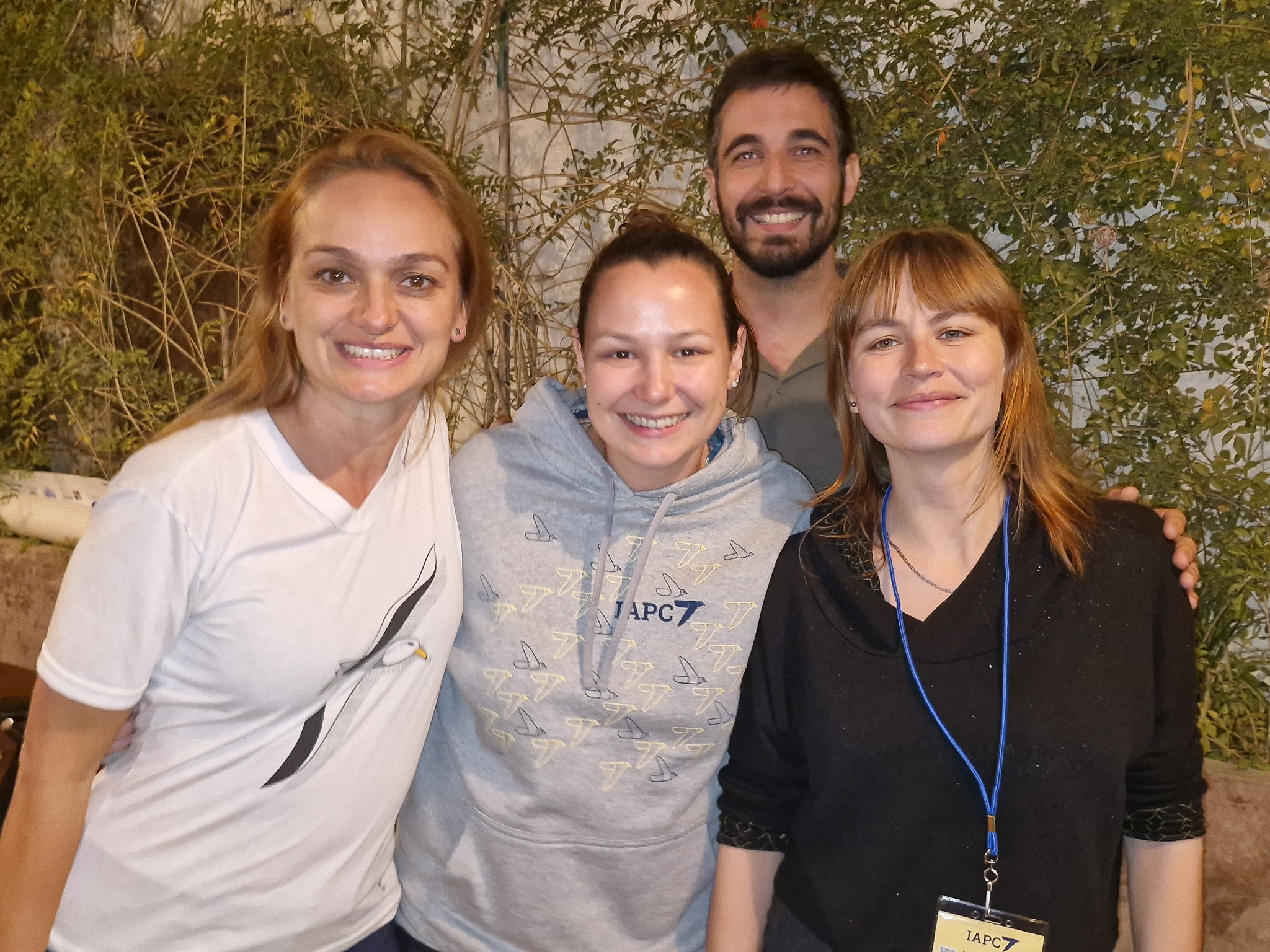 The four members of the ACAP HPAI H5N1 Intersessional Group who facilitated the workshop in person at IAPC7, from left to right: Patricia Pereira Serafini, Jolene Giacinti, Ralph E. T. Vanstreels and Amandine Gamble. The four were joined online by group members, Marcela Uhart, Michelle Wille, Megan Tierney, Sarah Michael and Megan Dewar.
The four members of the ACAP HPAI H5N1 Intersessional Group who facilitated the workshop in person at IAPC7, from left to right: Patricia Pereira Serafini, Jolene Giacinti, Ralph E. T. Vanstreels and Amandine Gamble. The four were joined online by group members, Marcela Uhart, Michelle Wille, Megan Tierney, Sarah Michael and Megan Dewar.
Patricia Pereira Serafini, Co-convenor of the Agreement’s Population and Conservation Status Working Group (PaCSWG), and lead member of ACAP’s HPAI Group highlighted that major drivers for the workshop were to raise awareness of ACAP’s recommendations, to try to promote best-practice surveillance and monitoring initiatives and prevent human-mediated spread of HPAI viruses. Considering the high level of engagement from both in-person and virtual attendees, Patricia concluded that the workshop was a resounding success.
“The HPAI workshop not only met but surpassed our expectations, fostering an environment of learning and collaboration that will have a lasting impact on our practices,” she said.
“Talks, by Jolene Giacinti, Amandine Gamble and Ralph Vanstreels in person and by Samantha Gibbs and Laura Roberts virtually, were particularly impactful during IAPC7, bringing in a wealth of experience that greatly benefited the conference participants. Their presentations not only informed but also inspired the audience, leading to a more comprehensive grasp of the ongoing pandemic that affects seabirds.”
Mariam Latofski Robles is Director of Development at Grupo de Ecologíay Conservación de Islas (GECI) and was a key organiser of IAPC7. She said one of the highlights, among many at IAPC7, were the sessions on the emerging threat of avian influenza on seabirds.
 Jolene Giacinti giving her plenary talk, “From incursion to impact: Exploring HPAIV dynamics and response in Canada through epidemiology, phylogeography, and mortality assessment”
Jolene Giacinti giving her plenary talk, “From incursion to impact: Exploring HPAIV dynamics and response in Canada through epidemiology, phylogeography, and mortality assessment”
“Jolene Giacinti encouraged us to be prepared for an HPAIV outbreak, sharing fascinating details about virus mutations and adaptations in a wide range of hosts. She also discussed the importance of implementing biosecurity measures and various mitigation strategies,” said Mariam.
The HPAI workshop was an enriching learning opportunity according to Mariam, with information shared on biosafety plans and their implementation, a demonstration of how to use full personal protective equipment, and practical advice on how to avoid spreading the virus.
“The IAPC7 Organizing Committee wishes to thank ACAP for organizing such an interesting and well delivered workshop. It was great and will be an excellent tool for anyone working with seabirds.”
A recording of the HPAI workshop is now available at the ACAP website, here.
Recordings of all of the plenary talks from IAPC7 and the HPAI workshop are all available at Conservación de Islas’ YouTube channel, here.
ACAP’s “Guidelines for working with albatrosses and petrels during the on-going high pathogenicity H5N1 avian influenza panzootic” are expected to be updated as a result of the workshop. The November 2023 version of the guidelines are available at the ACAP website, here.
Funding for the HPAI workshop and the Plenary Talk at IAPC7 was provided through the ACAP Secondment Programme which supports science and research collaboration between ACAP Parties to aid in the conservation of the Agreement’s listed albatrosses and petrels.
1 July 2024
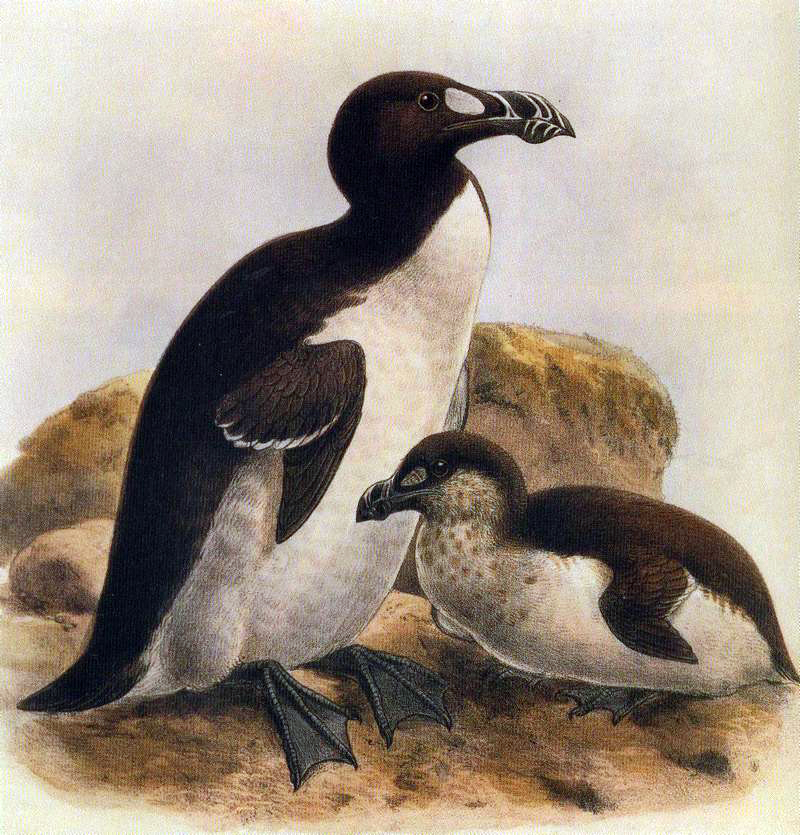
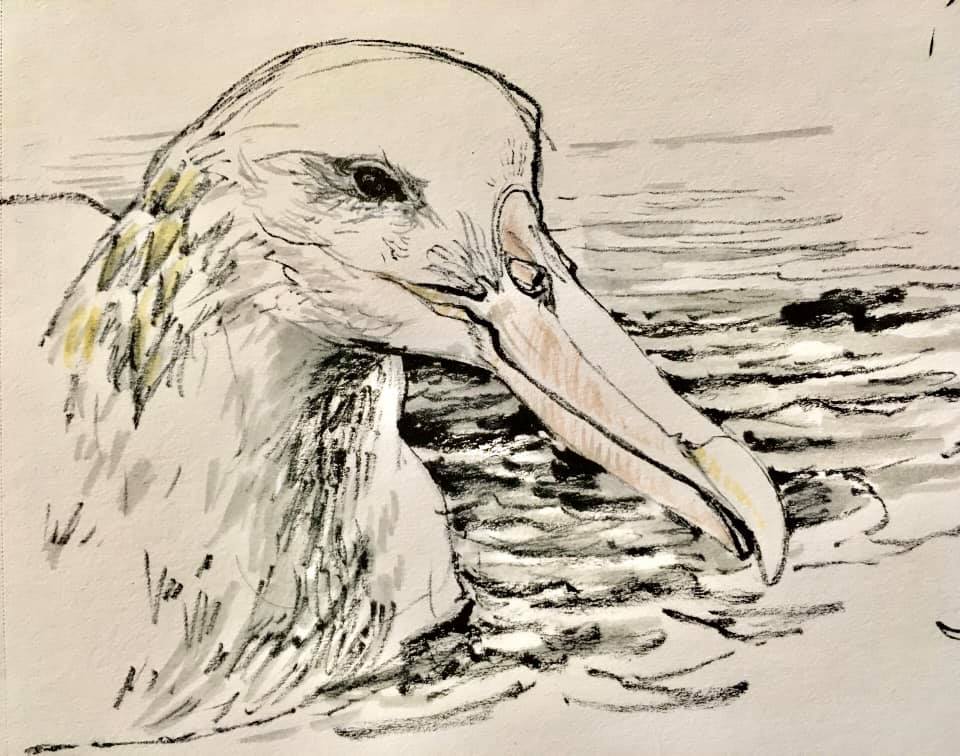

 English
English  Français
Français  Español
Español 
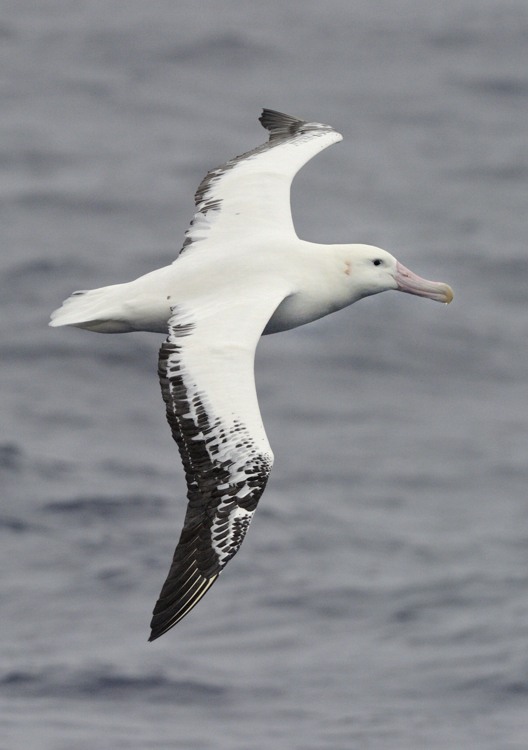
 Ralph E. T. Vanstreels (pictured right) takes the floor for the IAPC7 "Q&A session and wet lab training for working with albatrosses and petrels during the on-going high pathogenicity H5N1 avian influenza outbreak". The session included a demonstration of how to use full personal protective equipment and practical advice on approaches and techniques to adopt to avoid spreading the virus.
Ralph E. T. Vanstreels (pictured right) takes the floor for the IAPC7 "Q&A session and wet lab training for working with albatrosses and petrels during the on-going high pathogenicity H5N1 avian influenza outbreak". The session included a demonstration of how to use full personal protective equipment and practical advice on approaches and techniques to adopt to avoid spreading the virus. The four members of the ACAP HPAI H5N1 Intersessional Group who facilitated the workshop in person at IAPC7, from left to right: Patricia Pereira Serafini, Jolene Giacinti, Ralph E. T. Vanstreels and Amandine Gamble. The four were joined online by group members, Marcela Uhart, Michelle Wille, Megan Tierney, Sarah Michael and Megan Dewar.
The four members of the ACAP HPAI H5N1 Intersessional Group who facilitated the workshop in person at IAPC7, from left to right: Patricia Pereira Serafini, Jolene Giacinti, Ralph E. T. Vanstreels and Amandine Gamble. The four were joined online by group members, Marcela Uhart, Michelle Wille, Megan Tierney, Sarah Michael and Megan Dewar.  Jolene Giacinti giving her plenary talk, “From incursion to impact: Exploring HPAIV dynamics and response in Canada through epidemiology, phylogeography, and mortality assessment”
Jolene Giacinti giving her plenary talk, “From incursion to impact: Exploring HPAIV dynamics and response in Canada through epidemiology, phylogeography, and mortality assessment”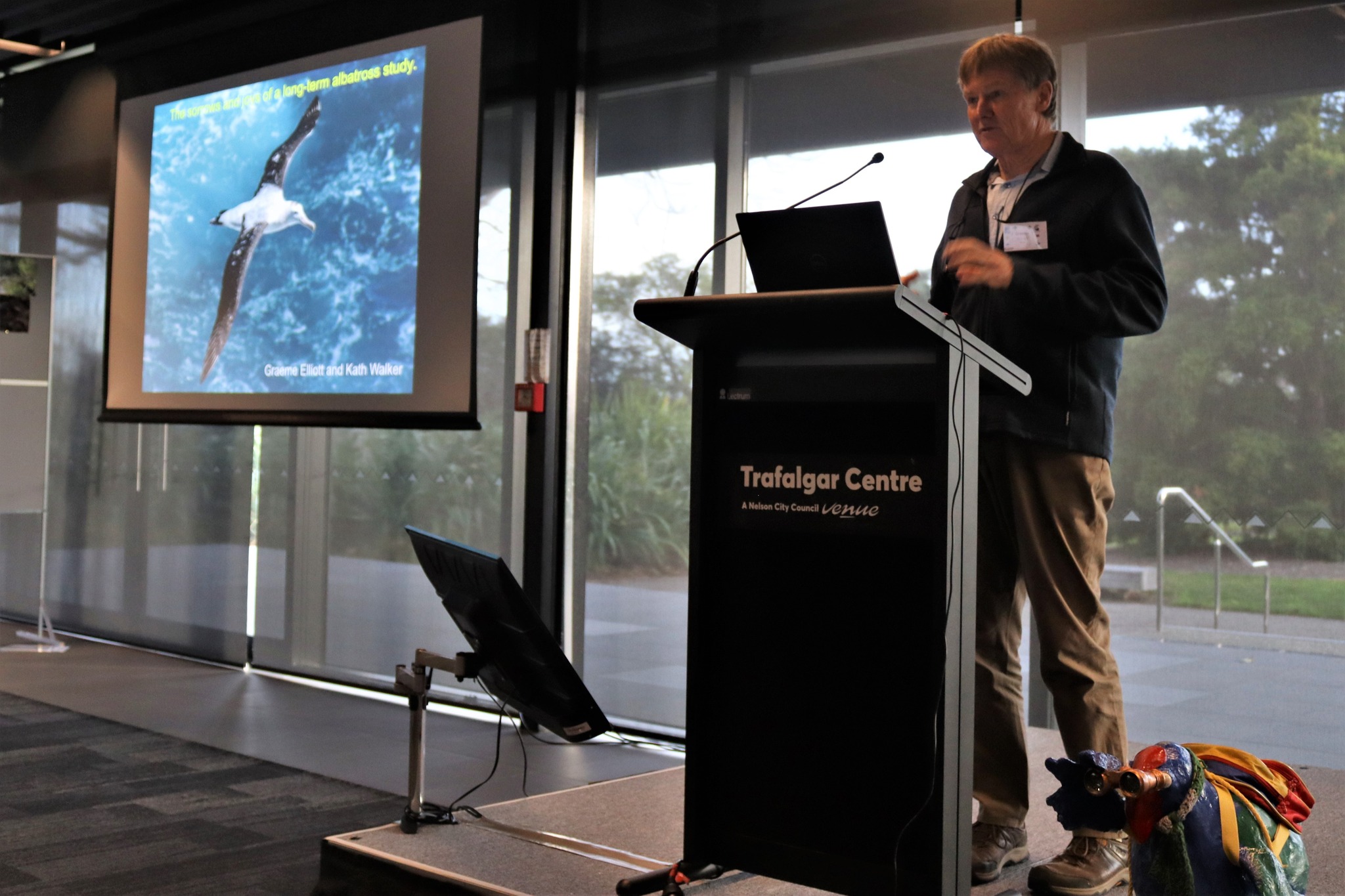
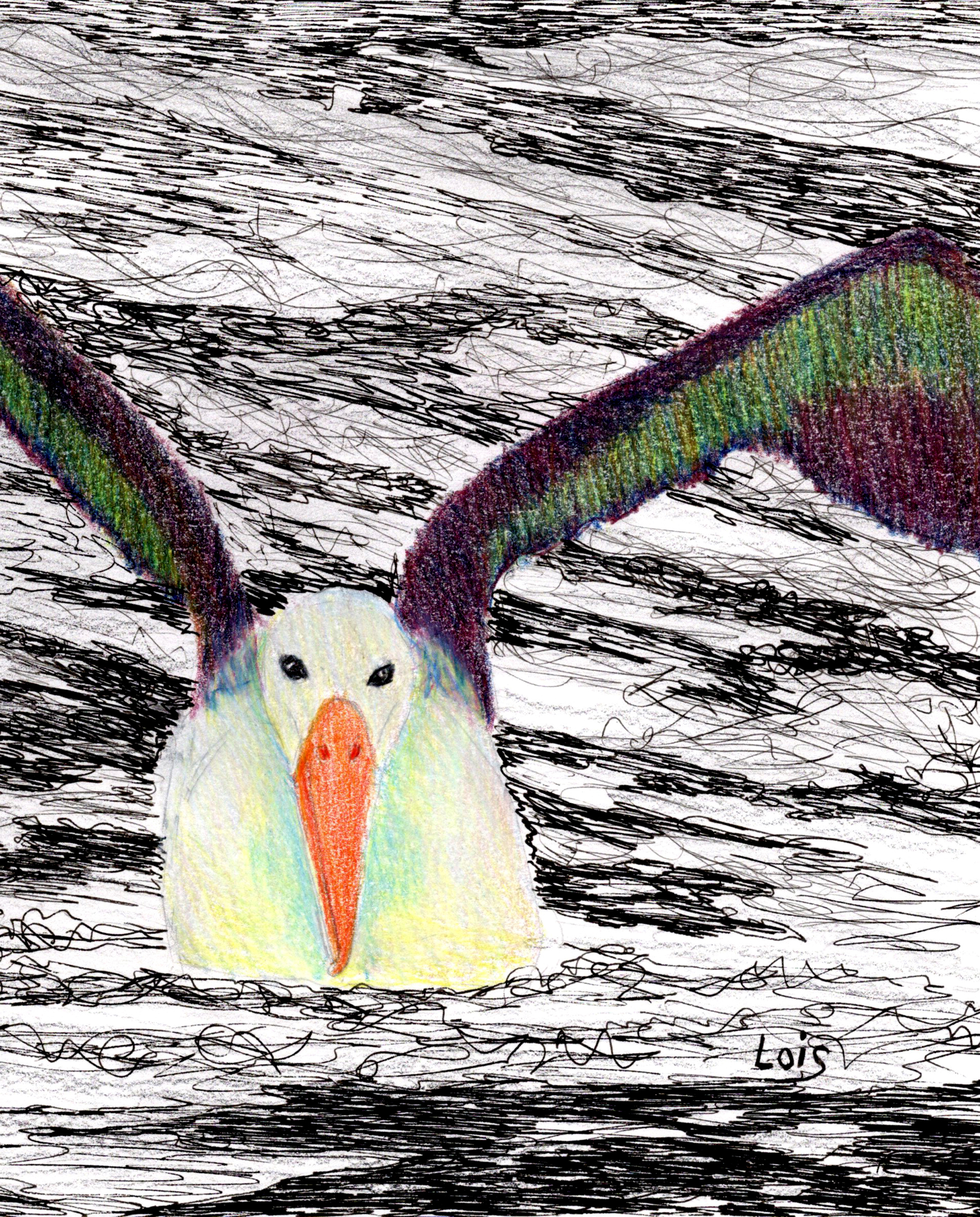

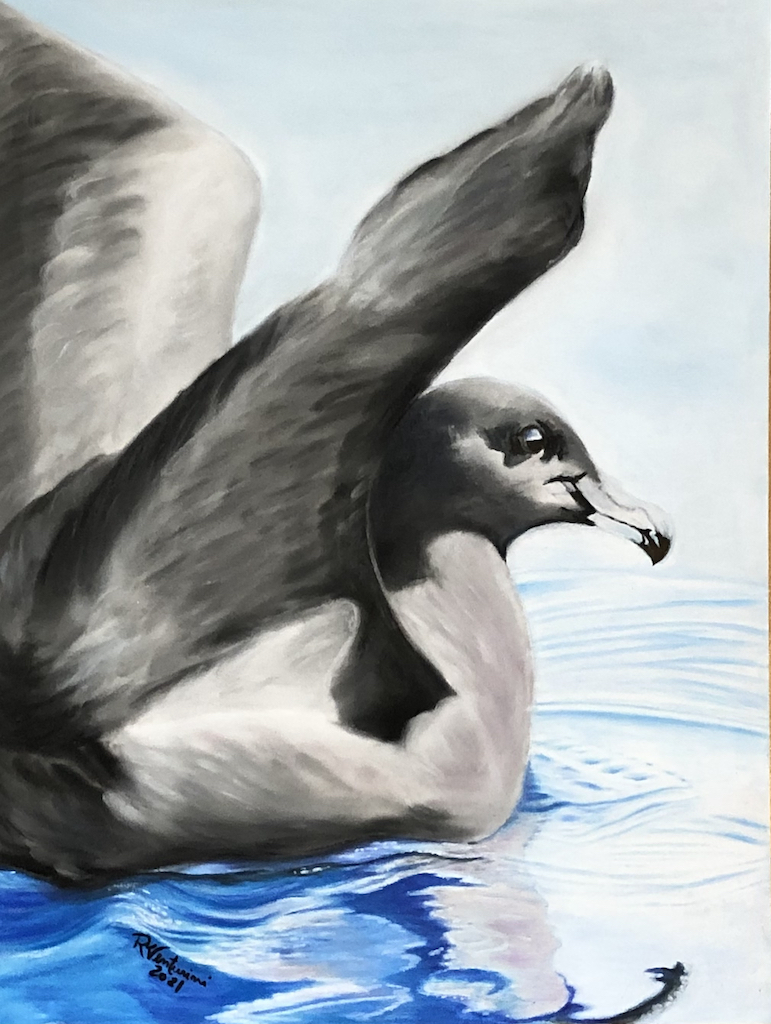

 A colour-banded Antipodean Albatross, photograph by Kath Walker
A colour-banded Antipodean Albatross, photograph by Kath Walker